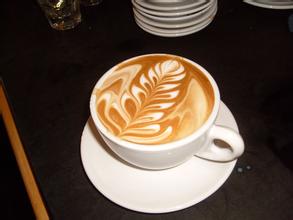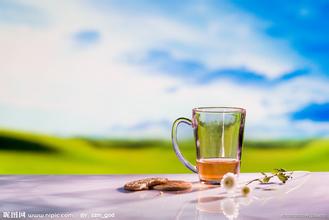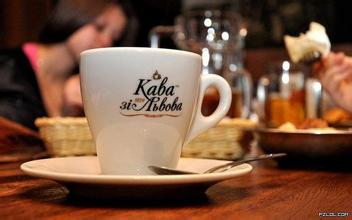Description of taste and flavor of Tieka Coffee introduction of varieties produced by grinding scale
Description of taste and flavor of Tieka Coffee introduction of varieties produced by grinding scale
1. Kenya SL28, SL34 (bourbon direct line): in the early 20th century, French and British missionaries and researchers screened and cultivated bourbon direct line in Kenya, special high concentration of phosphate soil, gave birth to special sour flavor, top Kenyan beans are from these two varieties, transplanted to other major continents will be out of taste.
two。 Geisha (Geisha): a species that has become popular in recent years, belonging to the Ironka family, it was obscure transplanted from the Geisha Mountains in southwestern Ethiopia to Kenya, Tanzania and Costa Rica in 1913 and to Panama in the 1960s. It took about half a century to become a blockbuster, defeating the victorious generals such as Bourbon, Kaddura, Kaduai and the Iron pickup, and sold at a high price of $130 per pound in 2007. It ranks in the first few years of the list of high-priced high-quality beans.
3. Yellow bourbon (Bourbon Amarello): the general coffee fruit is red when it is ripe, but it is yellow when it is ripe. It is a yellow bourbon variety peculiar to the state of Sao Paulo, Brazil. In the past two years, the Brazilian extraordinary Cup was almost won by Yellow bourbon.
Civet Coffee is a recently invented coffee made from cat poop. It is the most expensive coffee among many.
Blue Mountain Coffee Blue Mountain Coffee later went to the village of Zhang Bao's younger brother in another mountain. Several hills nearby are coffee gardens in their village, but at present there are only two mu of old varieties in the village. Fortunately, this family looks very healthy and is still in the harvest period because of its good management. After discussing with the owner, we decided to buy back 10 kilograms of raw beans and taste them. The fruits just picked at the end of last year are still preserved in the warehouse in the form of shell beans. The next morning we shelled and processed together. After shelling, there were 18.5 kilograms of raw beans of different sizes. There were many broken beans, adzuki beans and bad beans. After drying, there were still many defective beans, so we chose them by hand on the spot. By the time the final selection was made, there were still nine kilograms of qualified ones left-- and by this time most of the morning had passed.
Boutique coffee has a rich and beautiful taste. Even if the coffee made of boutique coffee beans is not all fine coffee, it depends on whether it gives full play to the characteristics of coffee beans, whether it has a good taste, if not, it can not be called boutique coffee. As long as it is delicious coffee, coffee consumers are willing to pay a high price; as long as delicious coffee is provided, consumers will not abandon coffee and the market will grow. "High-quality coffee represented by boutique coffee is a big business." Coffee producers and consumers have discovered this simple fact.

Important Notice :
前街咖啡 FrontStreet Coffee has moved to new addredd:
FrontStreet Coffee Address: 315,Donghua East Road,GuangZhou
Tel:020 38364473
- Prev

Coffee roaster structure usage how much brand ranking
Coffee roaster structure how much brand ranking 1, direct fire: ceramic roaster or pan direct fire appliance is the simplest, can be a pan, or Japanese-made long-handle ceramic roaster. The ceramic roaster is closed, has the effect of stewing, and can bake coffee with delicious and complex taste; its taste is the most natural and thick. Now, in Japan,
- Next

Introduction to the variety of grinding scale for 40 seconds best flavor description of hand-brewed coffee
A spoon is used to dig a big hole in the coffee powder, about 30cm from the flour, pour water from the middle until the coffee liquid begins to drip, and then draw a circle like a circle to wet the coffee powder, cover it and stew it. After 3 minutes, the water was injected evenly and continuously. When the coffee liquid reaches the coffee pot
Related
- Beginners will see the "Coffee pull flower" guide!
- What is the difference between ice blog purified milk and ordinary milk coffee?
- Why is the Philippines the largest producer of crops in Liberia?
- For coffee extraction, should the fine powder be retained?
- How does extracted espresso fill pressed powder? How much strength does it take to press the powder?
- How to make jasmine cold extract coffee? Is the jasmine + latte good?
- Will this little toy really make the coffee taste better? How does Lily Drip affect coffee extraction?
- Will the action of slapping the filter cup also affect coffee extraction?
- What's the difference between powder-to-water ratio and powder-to-liquid ratio?
- What is the Ethiopian local species? What does it have to do with Heirloom native species?

